Was ist ein Rippenrohr-Wärmetauscher?
Finned tube heat exchangers consist of finned tubes, tube sheets and shells. Finned tubes are the core components of heat exchangers and are generally made of metal materials such as copper and aluminum. Finned tubes are covered with many narrow fins, which increase the heat exchange area and improve the heat exchange efficiency. Tube sheets are used to fix finned tubes and are usually made of high-quality steel. Shells are used to fix and protect tube sheets and finned tubes and are generally made of steel or stainless steel.
In terms of thermal performance, the requirements for the heat transfer coefficient of finned tube heat exchangers are relatively high. In order to increase the total heat dissipation of finned tube radiators and increase the heat transfer coefficient, the outer wall can be increased in the heat dissipation area, or the air circulation around the entire finned tube can be increased.
There are several requirements for the selection of finned tube heat exchangers:
1. Requirements for the service life of finned tube heat exchangers:
It is necessary to ensure that the finned tube heat exchanger is not easily corroded or damaged, and the service life must be long enough.
2. Requirements for the installation and use of finned tube heat exchangers:
For finned tube heat exchangers, it is required that they must have a certain pressure bearing capacity in terms of mechanical strength, and in terms of structure and form, they should be conveniently combined into the required heat dissipation area, and the size of the structure must be small, occupying as little space and area as possible, and the production process should try to meet the different production and requirements of large batches.
3. Requirements for hygiene and appearance of finned tube heat exchangers:
The finned tube heat exchanger is relatively smooth in appearance, not only will there be no dust accumulation, but it must also be convenient for daily cleaning, and the overall installation of the finned tube radiator must be able to do not affect the overall room effect.
4. Relevant requirements for the economy of finned tube heat exchangers:
The finned tube heat exchanger consumes less metal to deliver heat to the interior of the room, so the overall cost is relatively low, so its overall economic performance is relatively good. In the finned tube radiator, the thermal strength of the entire metal is the main indicator that directly determines the economy of the heat exchanger.
The thermal strength of the metal mainly refers to the average temperature of the internal heat medium in the finned tube heat exchanger and the difference in temperature with the room. In fact, the heat required to be dissipated per kilogram of radiator is relatively large, so this indicator can be directly used as an economic indicator for radiators of the same material.
To learn more about finned tubes, shell and tube heat exchangers, finned tube heat exchangers, and finned heat exchangers, please continue to pay attention to the official website of Cangzhou Datang Steel Pipe Co., GmbH. https://www.dtfinnedtube.com/
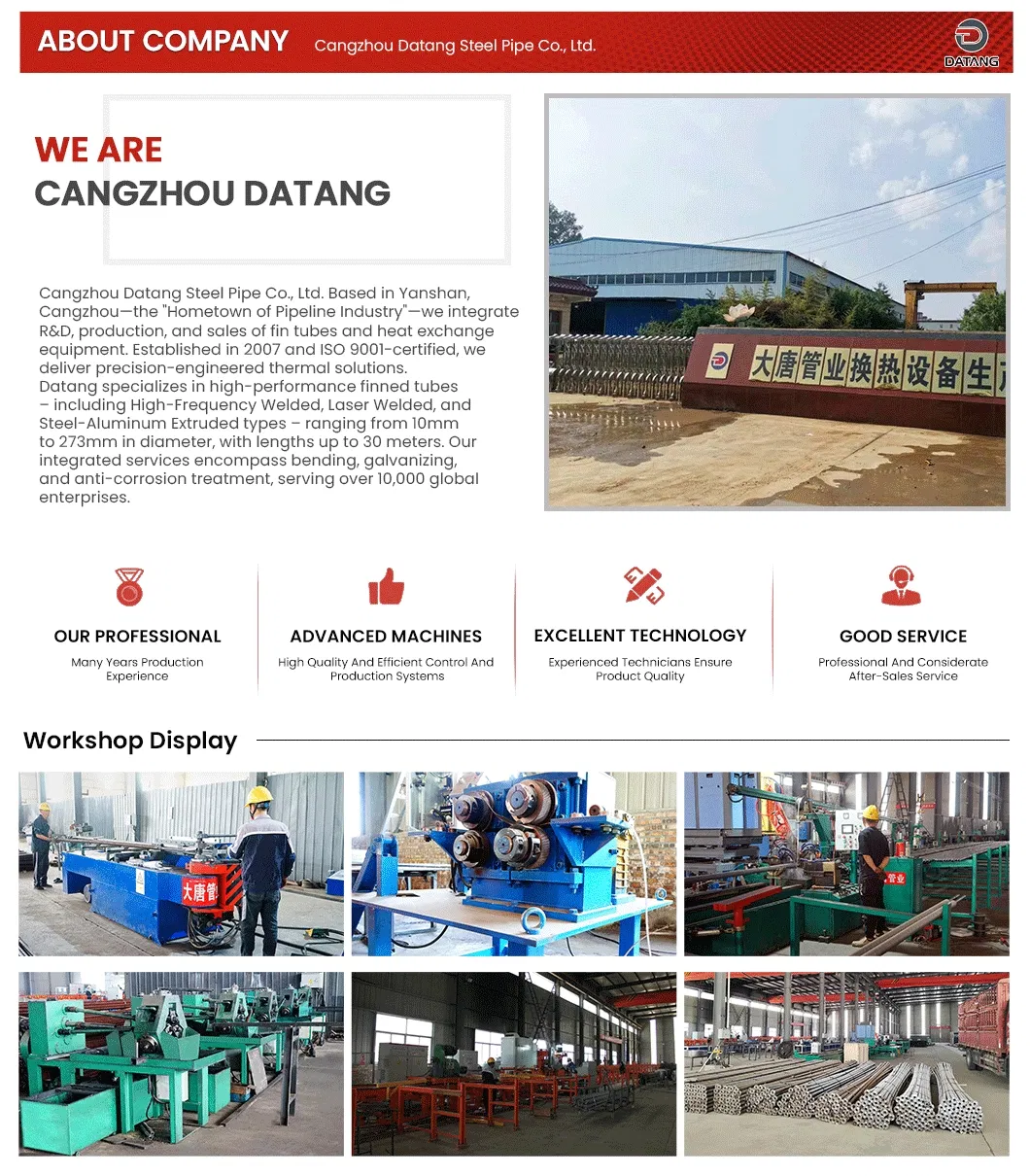
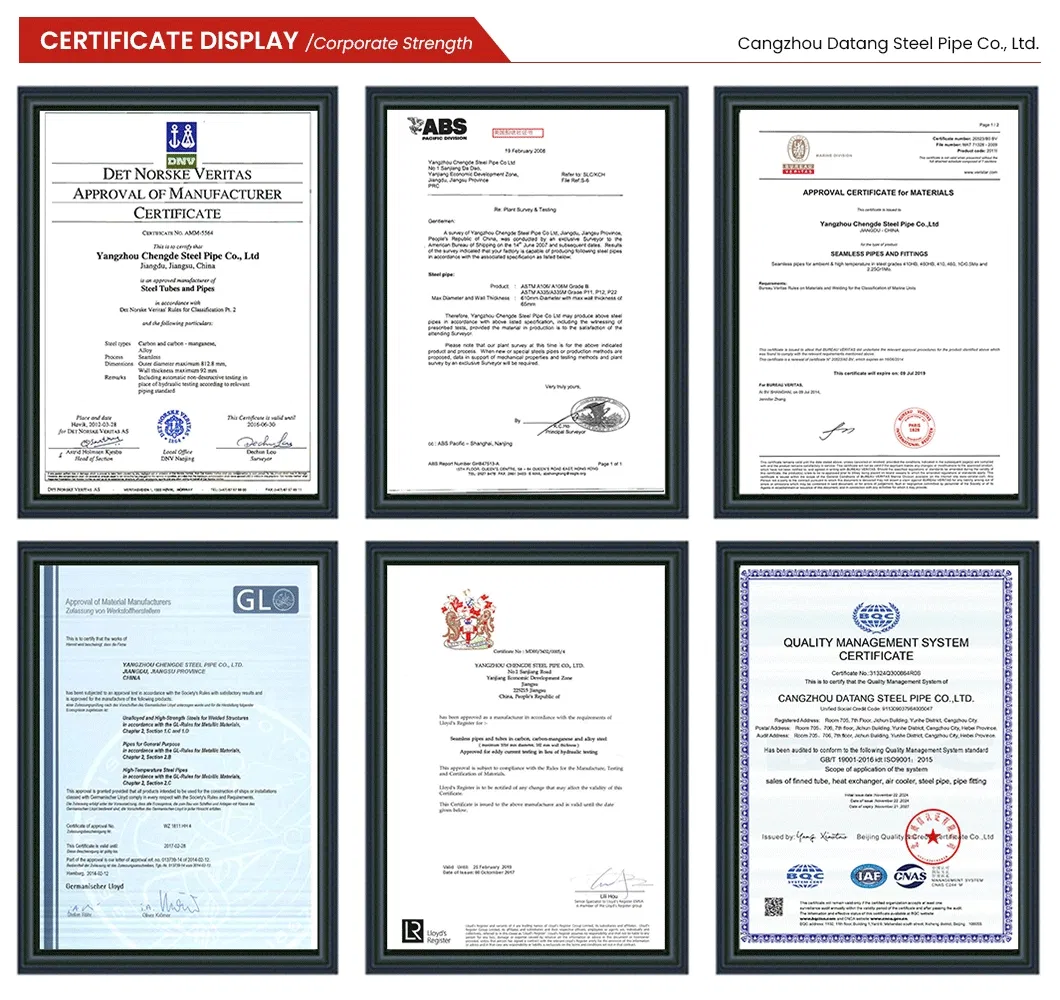
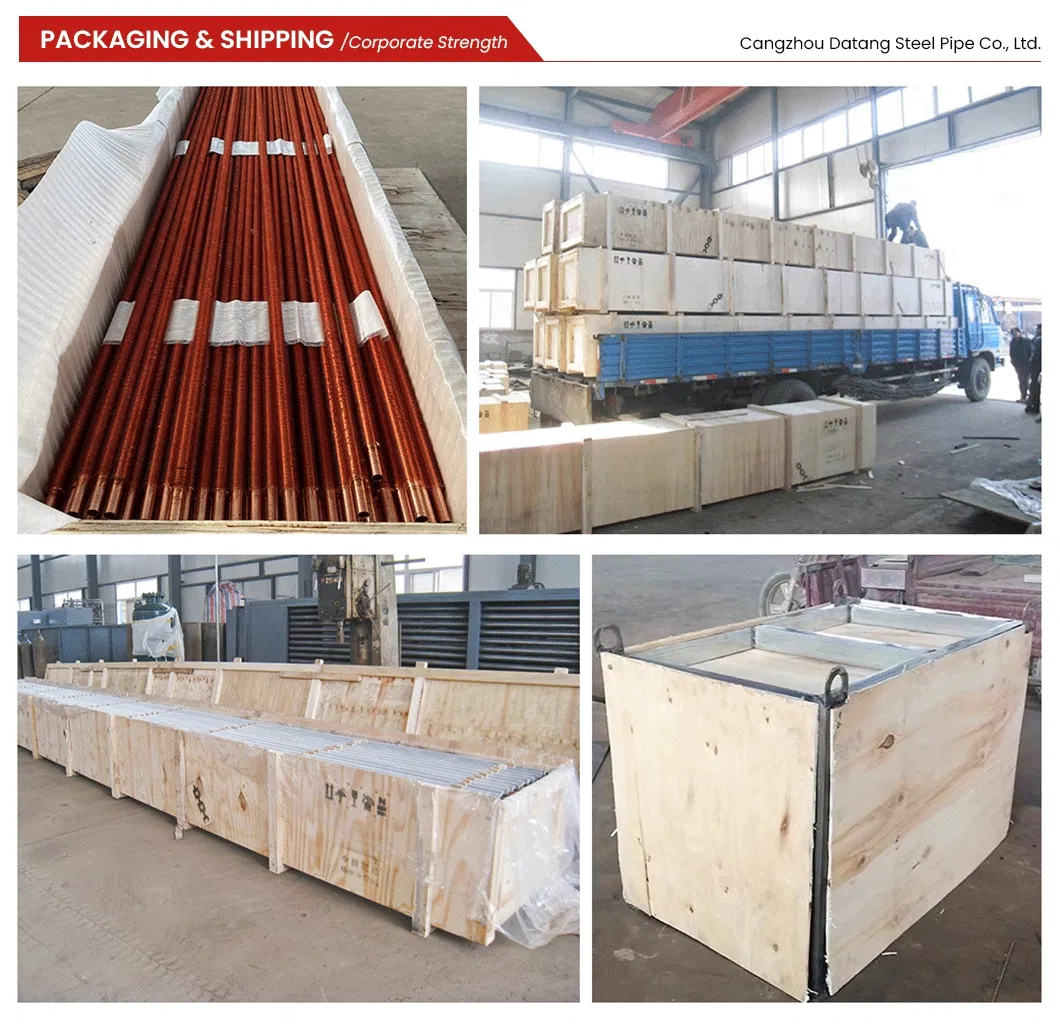
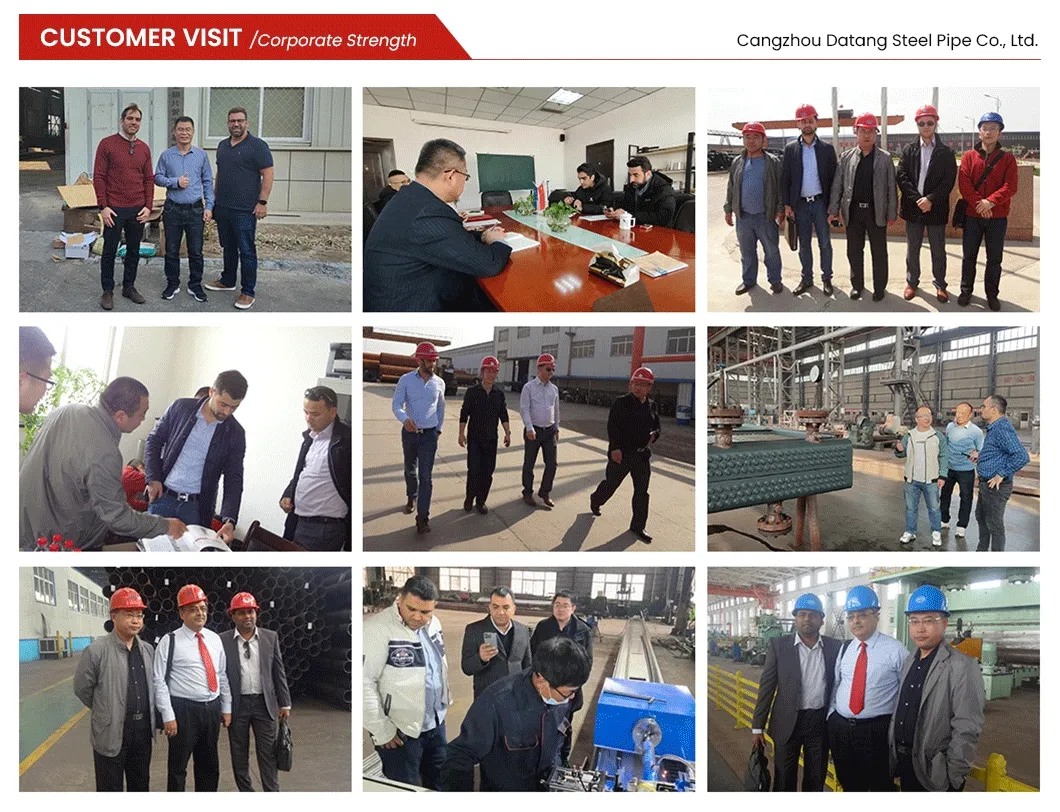
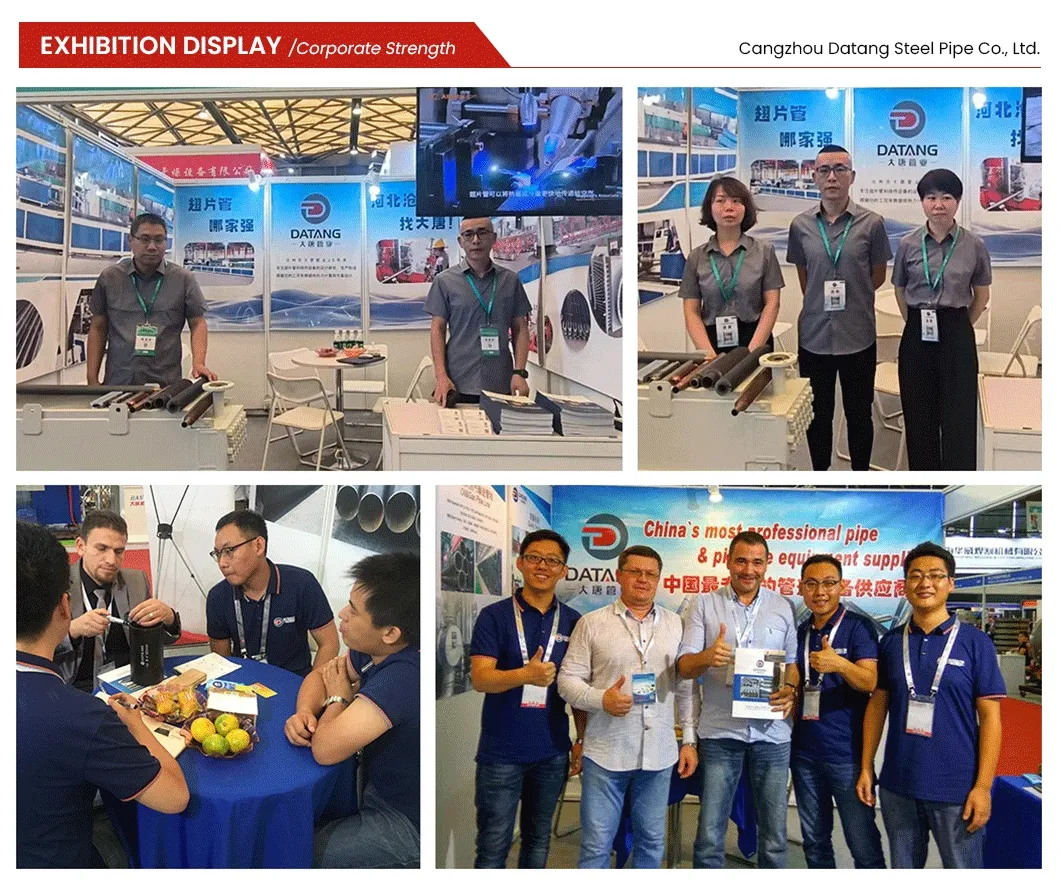
 dtfinnedtube.com
dtfinnedtube.com

